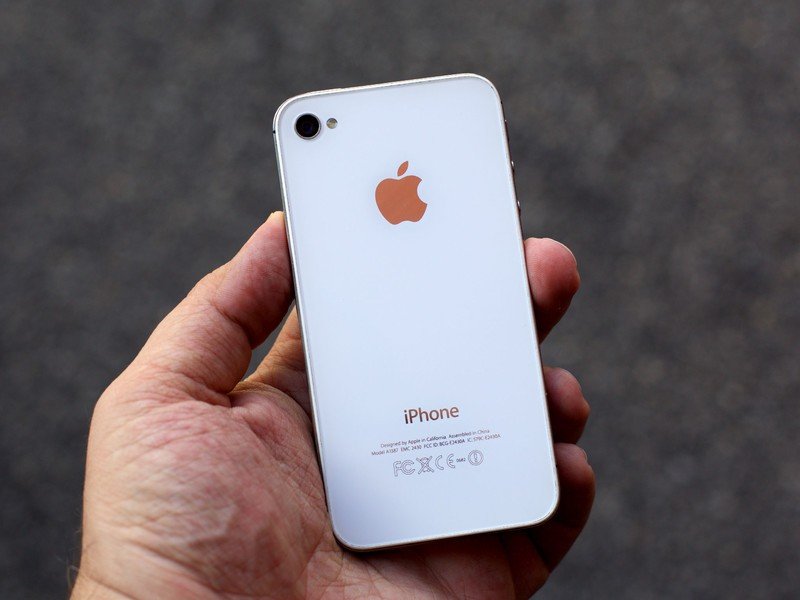A history of all the major Bluetooth releases and updates
Bluetooth 4.0 — 4.2

That brings us nicely to June 2010. This is when the SIG formally adopted Bluetooth 4.0, and in October 2011, the iPhone 4S debuted as the first phone to use the new wireless protocol.
With Bluetooth 4.0, the big focus here was on its new Bluetooth Low Energy technology — also referred to as BLE. BLE was designed to offer more efficient connections to smaller wireless devices — often seen in fitness trackers and other smart wearables that don't require a lot of power.
When BLE was first introduced, there was a waiting period for consumers to see its full usefulness as we waited for devices to adopt the standard. Today, however, it's become an expected feature in any gadget that can benefit from it.
Bluetooth 4.0 retained the same 24/Mbs speed when used with non-BLE devices, along with adding 128-bit encryption for enhanced security.
The introduction of Bluetooth Low Energy was great — the ease of connections to Bluetooth beacons not so much.
Bluetooth 4.0 also brought a change that wasn't so great -- the ability for a one-way connection to a Bluetooth beacon. Besides beneficial uses like in-home patient health monitoring or indoor navigation, beacons can be used for location tracking and advertising purposes without user consent. Both Apple and Google took advantage of one-way Bluetooth beacons and offer solutions that are cheap and easy to deploy for businesses that want or need the technology.
December 2013 saw Bluetooth 4.1 rear its head for the first time, and despite the .x update, 4.1 brought quite a few welcome goodies to the wireless world. With Bluetooth 4.1, we saw the wireless connection play nicer with 4G radio signals and device-makers get the option to create their own timeout routines for devices (resulting in better overall power management).
The last big change for 4.1 was that it allowed Bluetooth devices to perform as both a hub and point at the same time — meaning smartwatches and fitness trackers could more seamlessly communicate information to smartphones and vice versa.
Get the latest news from Android Central, your trusted companion in the world of Android
Rounding out the Bluetooth 4 era, we have Bluetooth 4.2. Bluetooth 4.2 entered the world in December 2014, and it marked a big shift for the standard in regards to its role in the Internet of Things (IoT).
Bluetooth 4.2 featured the Low Energy Secure Connection, among other standards, allowing for improved speed and privacy with all sorts of connected devices. The big draw, however, was Bluetooth 4.2's adoption of IP connectivity.
Another perk to Bluetooth 4.2 was its increased privacy, specifically the fact that Bluetooth 4.2 devices couldn't be tracked unless a user specifically gave permission.

Jerry is an amateur woodworker and struggling shade tree mechanic. There's nothing he can't take apart, but many things he can't reassemble. You'll find him writing and speaking his loud opinion on Android Central and occasionally on Threads.
